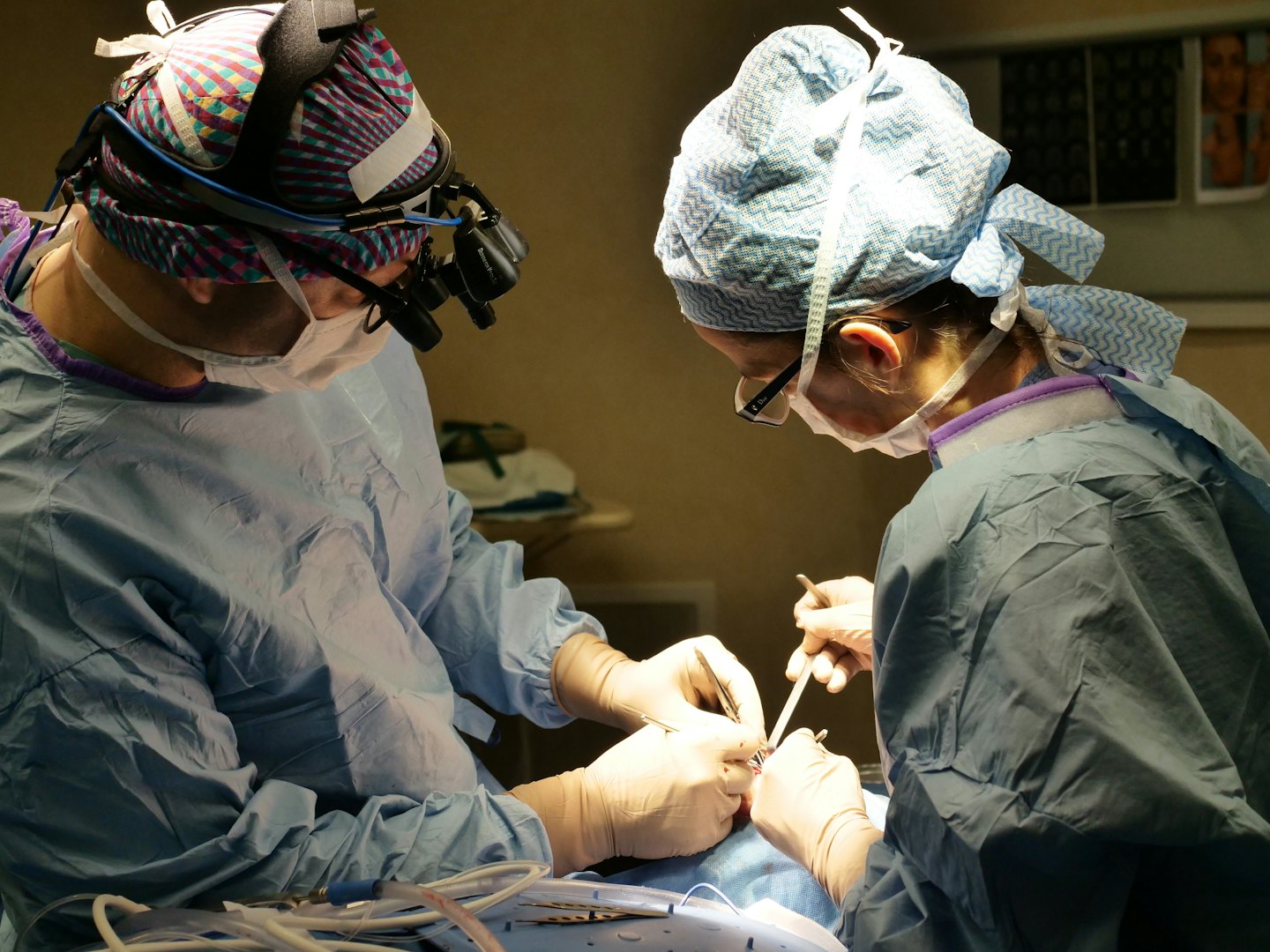TURP at Southland Urology
A Transurethral Resection of the Prostate (TURP) is a surgical procedure used to treat benign prostatic hyperplasia (BPH), or an enlarged prostate. It is often referred to as the gold standard for treating moderate to severe BPH symptoms. During the procedure, a surgeon uses a special instrument inserted through the urethra to trim away excess prostate tissue, relieving pressure on the urethra and improving urine flow.

Advanced Treatments
Our expert surgeons use non-surgical and surgical management options for BPH.

Personalized Plans
We tailor your care to your unique diagnosis for optimal health and recovery.

Comprehensive Diagnostics
Accurate testing and evaluation.
Understanding TURP
Learn about our tailored approach to diagnosing and treating BPH with compassionate support every step of the way.
Initial Consultation and Diagnosis
Meet with our board-certified urologists to assess your condition through thorough exams and advanced diagnostic tests.
Personalized Treatment Planning
Work closely with our specialists to develop a treatment strategy that fits your specific issue and goals.
Ongoing Care and Support
Receive expert follow-up care, monitoring, and support to ensure the best possible outcomes throughout your recovery.
Understanding TURP
What is a TURP?
A Transurethral Resection of the Prostate, or TURP, is a surgical procedure for men with benign prostatic hyperplasia (BPH). BPH is a non-cancerous condition in which the prostate gland becomes enlarged, pressing on the urethra and causing bothersome urinary symptoms. During a TURP, a surgeon removes excess prostate tissue that is obstructing the flow of urine. The procedure is performed with an instrument inserted through the tip of the penis, so there are no external incisions. For decades, TURP has been considered the most effective and durable treatment for severe BPH symptoms.
How a TURP is Performed
The TURP procedure is performed in a hospital or an outpatient surgical center. The patient is given either a general anesthetic to be asleep or a spinal anesthetic to numb the lower half of the body. The surgeon inserts a thin, lighted instrument called a resectoscope into the urethra and up to the prostate. The resectoscope has a small wire loop that uses an electric current to cut away small pieces of the enlarged prostate tissue. The surgeon meticulously trims away the tissue that is blocking the urethra, creating a wider channel for urine to flow through. The removed pieces of tissue are flushed into the bladder and then removed from the body.
Who is a Candidate for a TURP?
A TURP is typically recommended for men who have moderate to severe BPH symptoms that have not responded to medications or other less invasive treatments. The procedure is particularly effective for men with a larger prostate gland. A urologist will conduct a thorough evaluation, which may include a physical exam, a review of symptoms, and diagnostic tests to measure prostate size and urinary flow. This evaluation will help determine if a TURP is the right choice for the patient.
Recovery and Side Effects
Following a TURP, patients typically spend one to two nights in the hospital. A catheter is usually left in place for a day or two to help the bladder heal and to drain urine. It is common to experience some blood in the urine, discomfort during urination, and an urgent need to urinate in the weeks following the procedure. Most men can return to light activities in a few days and a full recovery is expected within a few months.
Common side effects of a TURP include retrograde ejaculation, where semen enters the bladder instead of exiting the penis during ejaculation. This is a permanent side effect and can affect fertility. Other potential risks include bleeding, infection, and, in rare cases, incontinence or erectile dysfunction.
Benefits of the TURP
Despite the potential for side effects, a TURP offers several key benefits. It is a highly effective treatment that provides significant and long-lasting relief from BPH symptoms. Many men experience a dramatic improvement in urinary flow and a reduction in the urgency and frequency of urination. For men with a very large prostate or severe symptoms, a TURP can offer a more durable solution than medications or other less invasive procedures. The procedure has a long history of success and is a well-understood and reliable option.

Schedule Your Consultation Today
Take the first step toward personalized BPH evaluation with our expert team.
